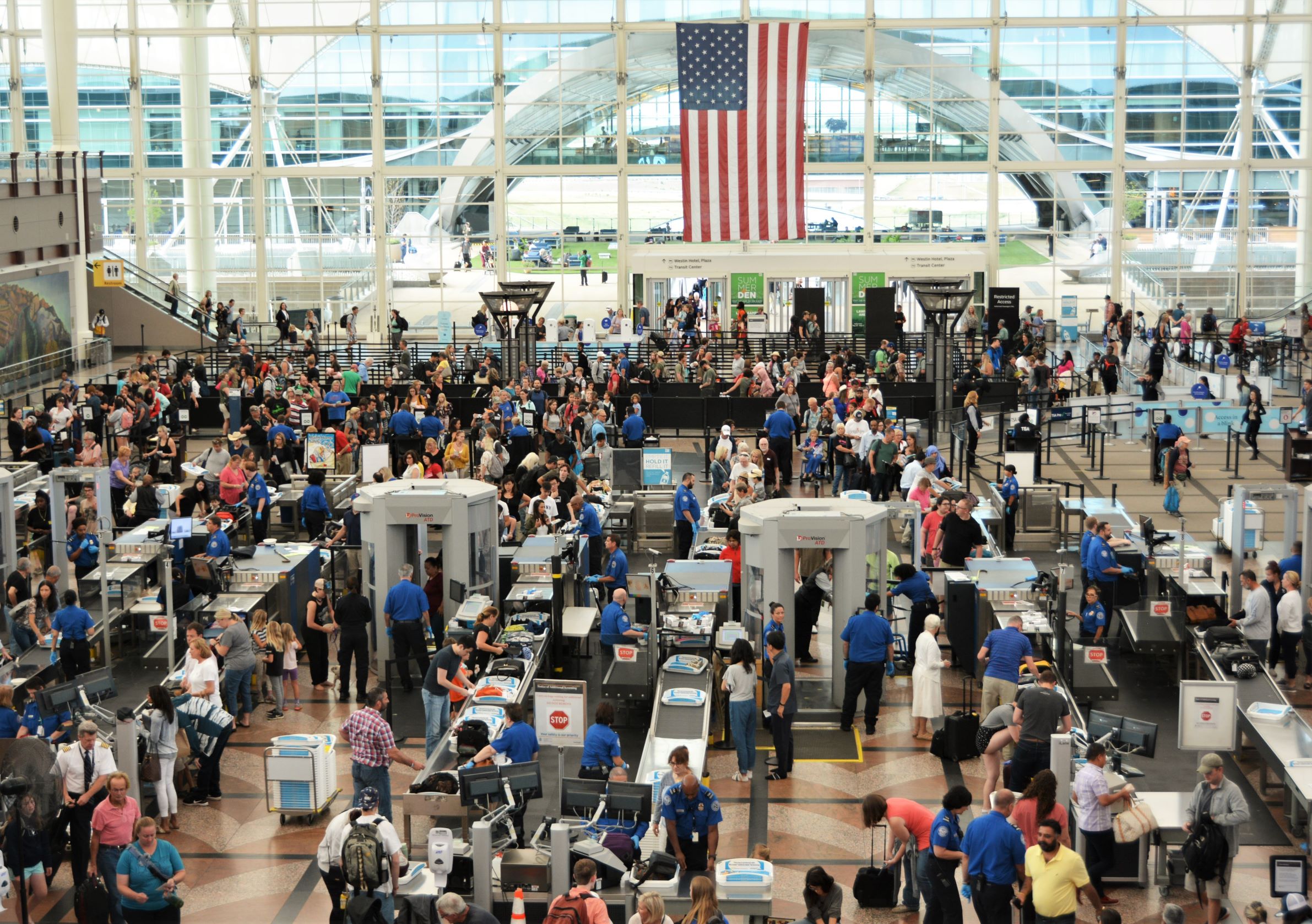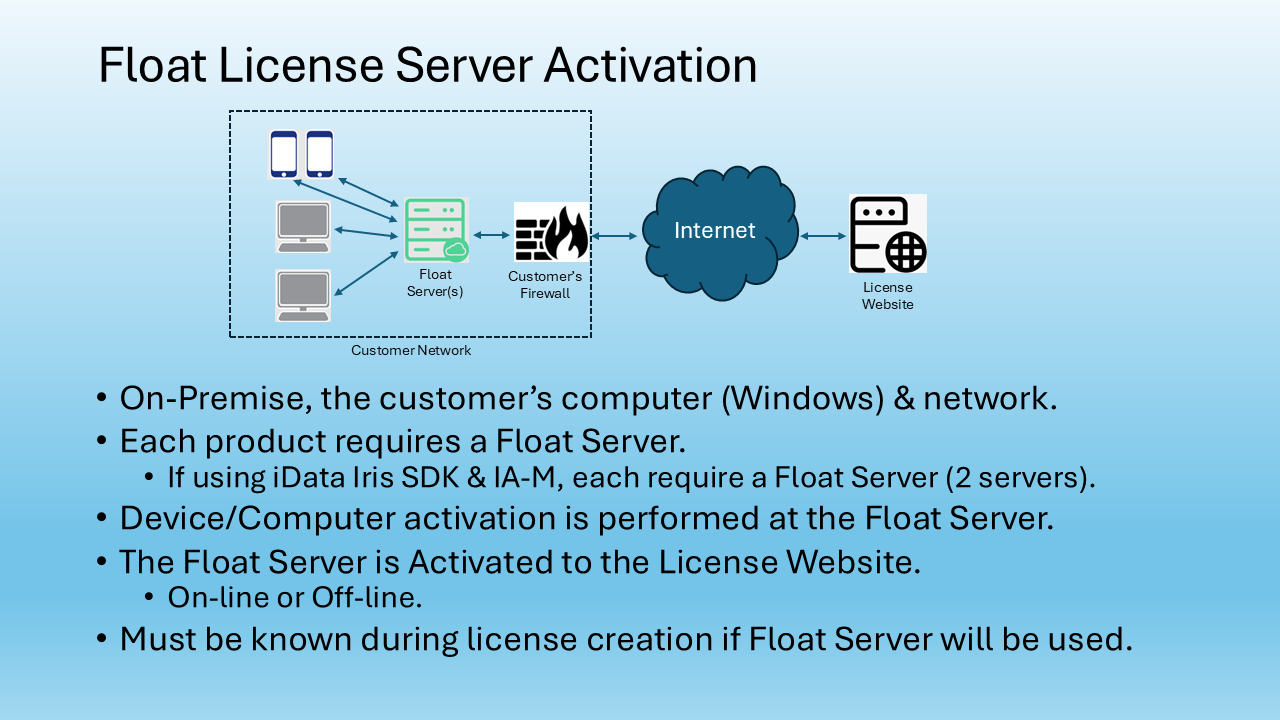The first in a four-part series on how biometrics can help air travel recovery from the effects of the pandemic
By Mohammed Murad
When will global commercial airline traffic return to its pre-pandemic days? According to the International Air Transport Association, the number of passengers flying in 2020 decreased by more than 60%1 compared to the previous year. Many experts predicted significant improvements in 2021 as vaccines became available. However, the preliminary results for 2021 look grim, with the final numbers expected to show only slight improvement.2
Late in summer 2021, officials at the Boeing Corp., a commercial airliner manufacturer, predicted a full recovery was at least two years away. Yet, those predictions were made before the discovery of a new coronavirus variant, leading many countries again to close borders or maintain entry restrictions on foreign travelers.
Reduction in global business travel
A reduction in global business travel hit airlines the hardest. Business travelers account for about 12% of ticket sales, yet they account for as much as 75% of airline profits due to upgrades and other fees.3 Many large multinational corporate leaders predict a long-term downturn in business travel. A survey of 45 leading companies from the U.S., Europe and Asia showed 84% plan to spend less on travel – even in a post-pandemic era. However most executive believe for the business to grow they need to continue face to face conversations.
To recapture coveted business passengers, the entire travel industry must think outside the box with new and innovative ways to make the airport experience easier to navigate. Surveys show business travelers prioritize convenience – often little things that get them to and from their destination faster. For example, airlines posting regularly updated wait times online enable a passenger to minimize time spent at the airport and getting through the security quickly.
Making the airport experience easier
At the airport, business travelers want a facility committed to passenger health and safety. That requires fewer points of contact where disease may spread. Contactless check-ins, baggage drops and security checks are needed. And while no passenger wants to stand in long lines at security checkpoints, business travelers simply don’t have the time. Programs such as TSA PreCheck and Global Entry become more important as they reduce time spent in lines for security and customs checks. Many international airports provide self-service kiosks, such as those operated by privately owned CLEAR, that use biometrics to move enrolled passengers through security checkpoints. Similar systems reduce lines at customs and immigration sites.
As business travel does return to crowded pre-pandemic levels, airports may consider offsite satellite terminals for biometric-aided check-ins and baggage drop-offs – even immigration and security processing for certain flights. Once processed off-airport, passengers would be securely and directly bused to their flight for boarding.
Giving passengers what they want
A recent survey showed an overwhelming majority of all passengers want technology that makes airline travel as easy and convenient as possible. Biometrics provide solutions meeting passengers’ requests. Surveys show an overwhelming number of passengers are willing to use biometrics for travel convenience.
In our next blog, we’ll take a deeper look at how biometrics provide a reimagined way to navigate an airport from curb to gate.


